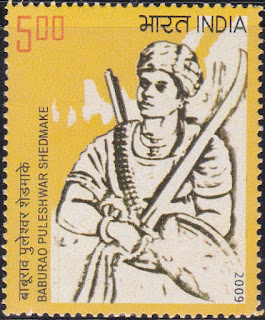The World Day Against Cyber Censorship, also known as the International Day Against Cyber Censorship, is an annual event observed on March 12th. It was first initiated by Reporters Without Borders (Reporters sans frontières or RSF), a non-profit organization that advocates for freedom of information and freedom of the press.
The day aims to raise awareness about online censorship, restrictions on internet freedom, and the challenges faced by journalists, bloggers, and individuals in expressing themselves freely in the digital space. Governments, corporations, and other entities are sometimes involved in limiting access to information, suppressing dissent, or monitoring online activities.
On the World Day Against Cyber Censorship, various organizations, activists, and individuals around the world engage in activities such as advocacy, campaigns, and discussions to highlight the importance of preserving online freedom and combating censorship. It serves as a reminder of the fundamental right to freedom of expression and the need to protect this right in the digital age. The event also sheds light on the importance of an open and unrestricted internet for the free flow of information and ideas.









